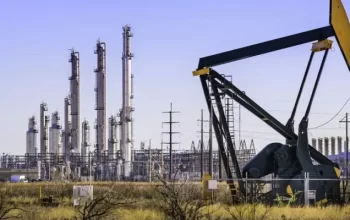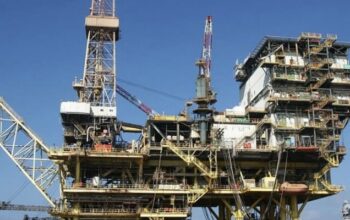The balance of direct investment in 2022 was a deficit of US$6.1 billion, against US$3.2 billion in the previous year, justified mainly by the increase in investments recovered by companies in the oil sector.
Since 2015, new investments in the oil sector have been lower than recovered investments. The United States of America, France and Italy were the countries that stood out in terms of the origin of foreign direct investment destined for the oil sector.
As for the non-oil sector, the highlight was South Africa, Mauritius and the United Arab Emirates.
However, medium and long-term net capital flows (public external debt) were positive, despite the reduction of US$130.3 billion, from US$1.3 billion in 2021 to US$1.2 billion in 2022, due to the reduction in external disbursements, despite the reduction in debt repayments. The other capitals recorded a reduction in their deficit of around 11.6 percent in 2022, when it settled at US$2.9 billion, against US$4.2 billion in the previous year.
The result of this account was influenced by the issuance of debt securities (Eurobonds) and the increase in trade credits.
With this performance in current, capital and financial account flows, according to the document, the balance of payments ended 2022 with a gain in terms of reserve assets of US$891.5 billion, i.e. 2. 6 percent less than the previous year’s reserve accumulation.
![]()




